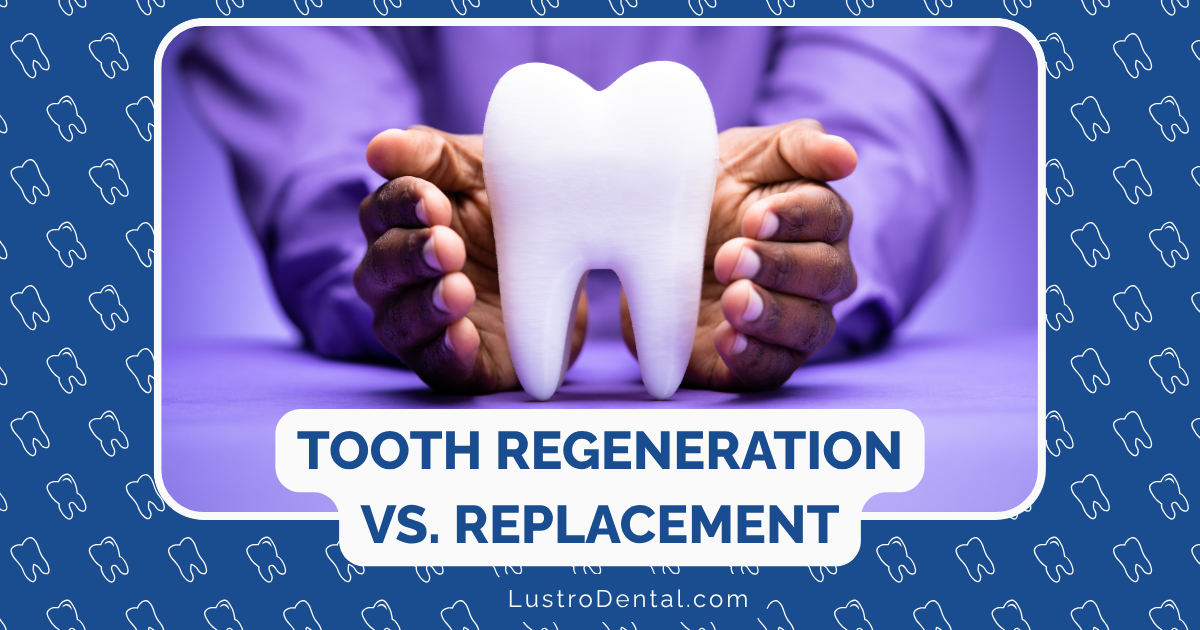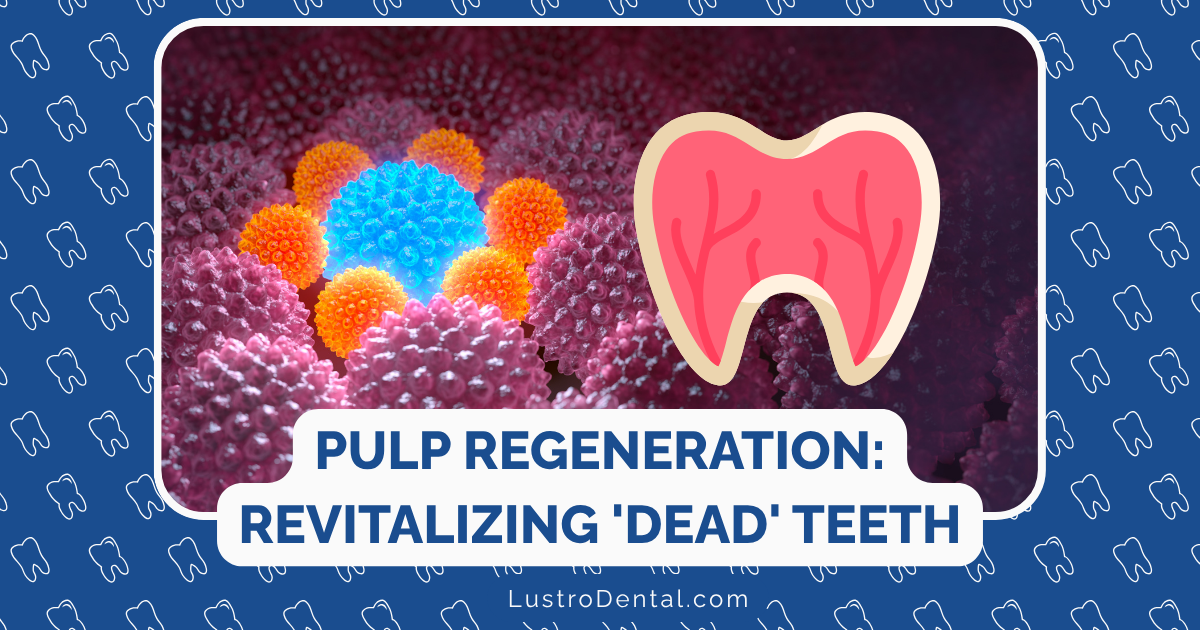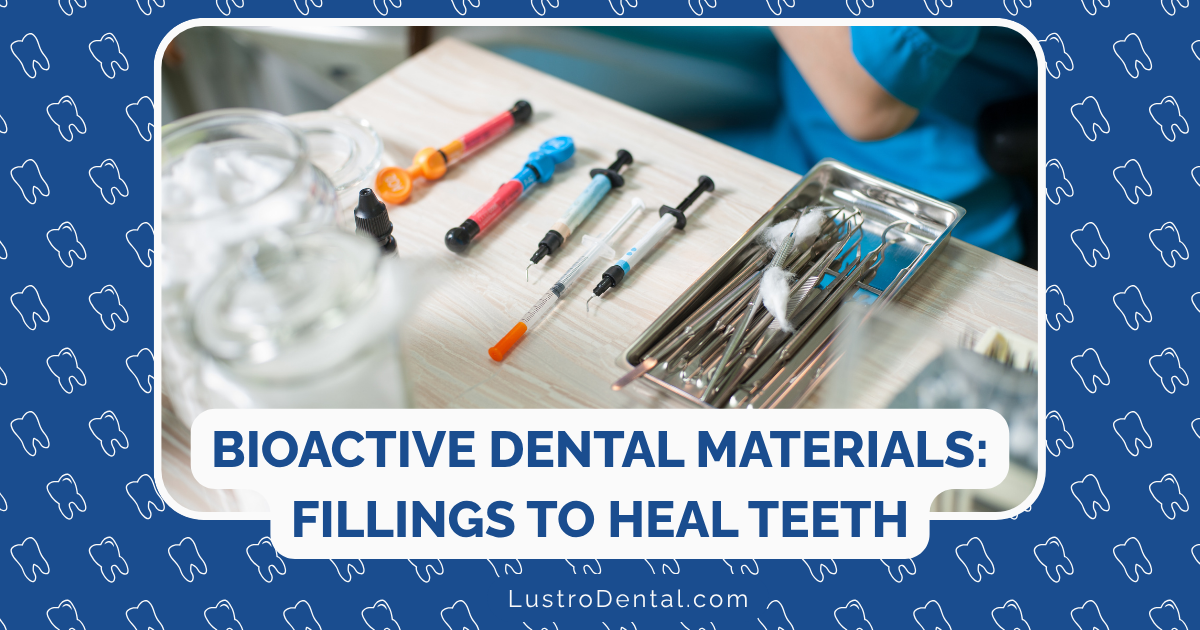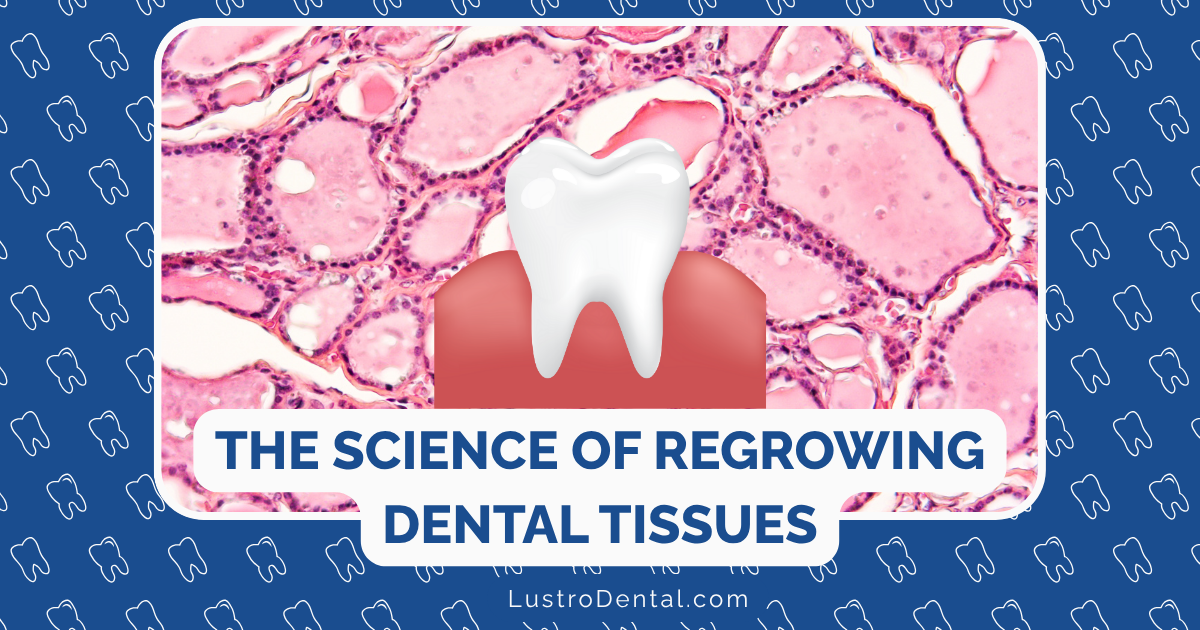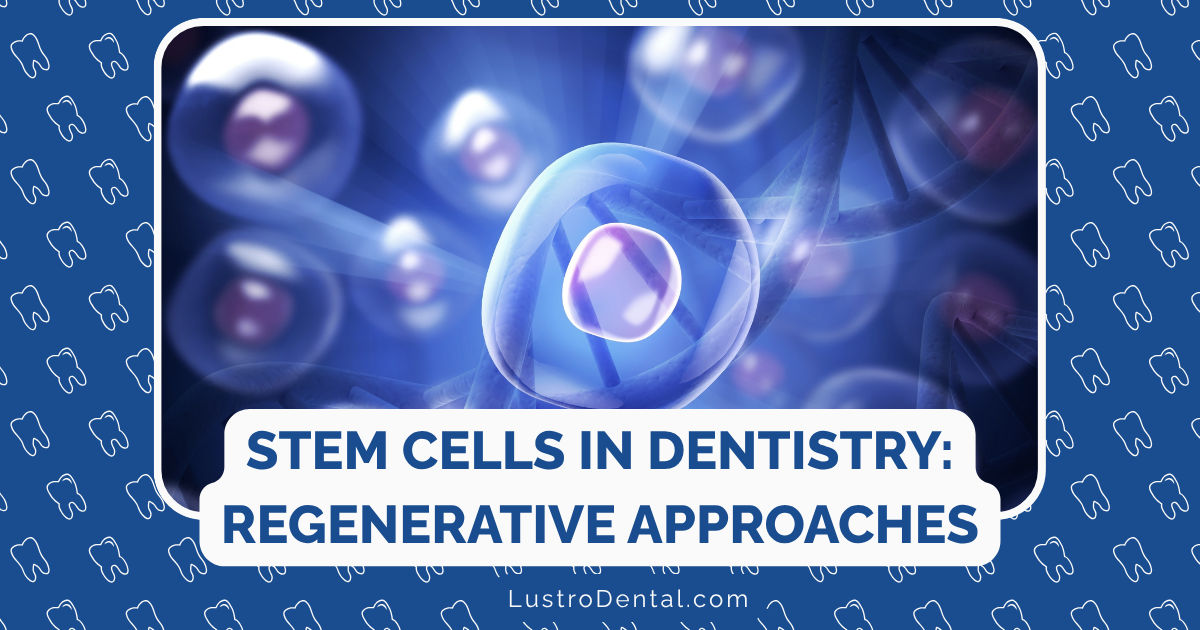Digital Treatment Planning: Precision and Predictability in Modern Dentistry
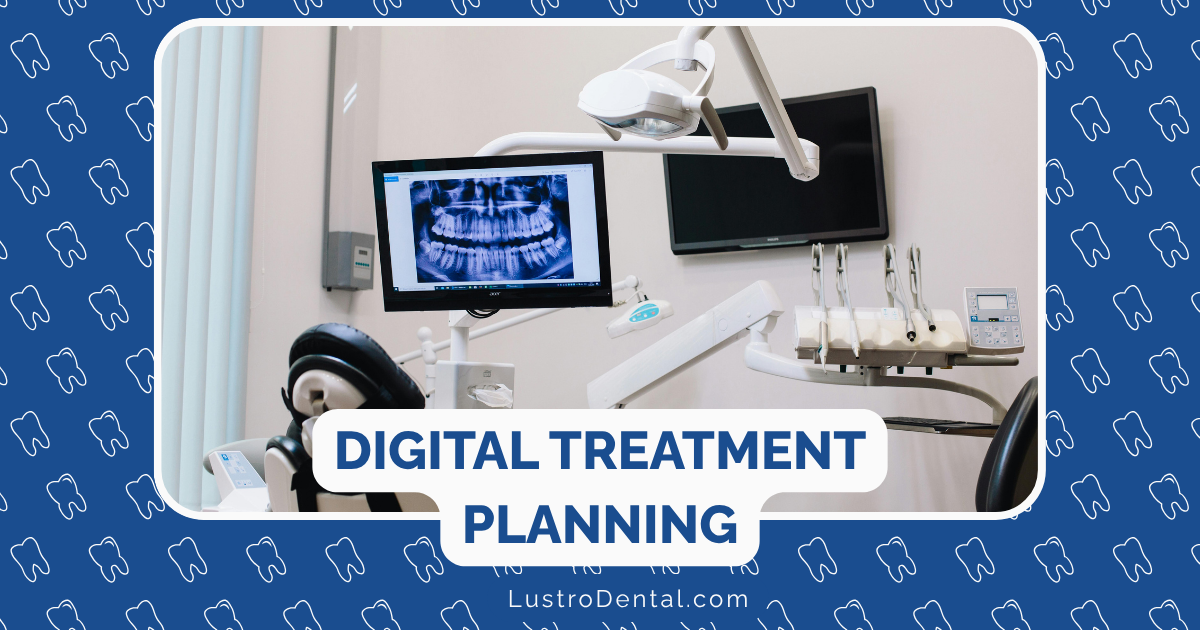
In the evolving landscape of dental care, perhaps no advancement has transformed the patient experience and treatment outcomes more profoundly than digital treatment planning. Gone are the days when dentists relied solely on 2D X-rays, physical impressions, and their clinical judgment to develop treatment strategies. Today’s digital planning technologies have revolutionized how dental care is designed, communicated, and delivered—bringing unprecedented levels of precision and predictability to modern dentistry.
As someone who has witnessed this transformation firsthand, I can tell you that digital treatment planning isn’t just changing how dentists work—it’s fundamentally improving the quality, efficiency, and predictability of dental care for patients. Let’s explore how these digital tools are reshaping the dental experience and why they matter for your oral health.
The Evolution of Treatment Planning in Dentistry
Traditional Treatment Planning: The Analog Era
Before diving into digital innovations, it’s worth understanding the limitations of traditional treatment planning:
- Limited visualization: 2D X-rays provided only partial views of complex 3D structures
- Subjective assessment: Treatment plans often varied significantly between practitioners
- Physical models: Stone casts required messy impressions and provided limited information
- Manual design: Restorations were designed using physical wax-ups with variable accuracy
- Communication challenges: Explaining complex treatments to patients was difficult without visual aids
- Unpredictable outcomes: The final result sometimes differed from what was initially envisioned
These limitations often led to multiple appointments, treatment adjustments, and occasionally, unexpected outcomes that required additional interventions.
The Digital Revolution in Treatment Planning
Digital treatment planning leverages advanced technologies to create comprehensive, precise roadmaps for dental care:
- 3D imaging: Cone Beam CT scans and digital radiography provide detailed views of oral structures
- Intraoral scanning: Creates precise digital models without messy impression materials
- Treatment planning software: Allows virtual simulation and testing of different approaches
- Computer-aided design (CAD): Enables precise design of restorations and surgical guides
- Artificial intelligence: Enhances diagnostic capabilities and treatment recommendations
- Digital communication tools: Improves patient understanding and collaboration with specialists
According to Pankey, digital workflows significantly enhance precision and predictability in restorative procedures while improving efficiency and patient experience.
Core Components of Digital Treatment Planning
Advanced Imaging Technologies
The foundation of effective digital treatment planning starts with comprehensive imaging:
Cone Beam Computed Tomography (CBCT)
CBCT scanning creates detailed 3D images of teeth, bone, nerve pathways, and soft tissues:
- Provides cross-sectional views from multiple angles
- Shows bone density and volume for implant planning
- Reveals hidden anatomical structures not visible on 2D X-rays
- Reduces radiation exposure compared to traditional CT scans
According to Canal Vista Family Dental, CBCT technology creates detailed three-dimensional images of jaw structures that are essential for precise planning and placement of dental implants.
Intraoral Scanning
Digital scanners have replaced traditional impression materials with significant benefits:
- Creates highly accurate 3D models of teeth and soft tissues
- Eliminates discomfort associated with impression materials
- Allows immediate assessment and rescanning if needed
- Provides digital files that can be shared instantly with labs or specialists
The Institute of Digital Dentistry reports that intraoral scanner penetration in the USA has reached 57%, with scanners increasingly becoming central hubs for diagnostics and treatment planning.
Facial Scanning and Photography
Comprehensive treatment planning often incorporates the patient’s facial features:
- 3D facial scans capture soft tissue contours
- Digital smile design incorporates facial aesthetics
- Video captures dynamic movements during speaking and smiling
- Helps ensure dental restorations complement overall facial appearance
Digital Treatment Planning Software
Specialized software platforms integrate imaging data to create comprehensive treatment plans:
Diagnostic Analysis Tools
- Automated caries detection with AI enhancement
- Periodontal assessment and tracking
- Occlusal analysis and articulation
- Airway evaluation for sleep apnea considerations
According to Overjet, AI-powered dental imaging is transforming diagnostics, enabling detection of cavities and periodontal disease with unprecedented accuracy, with some systems achieving up to 94% accuracy in detecting early signs of dental issues.
Virtual Treatment Simulation
- Digital wax-ups show proposed restorative outcomes
- Orthodontic simulations demonstrate tooth movement over time
- Implant planning with virtual placement and restoration
- Surgical guides designed based on optimal positioning
Interdisciplinary Planning Platforms
- Collaboration between specialists on complex cases
- Integration of orthodontic, surgical, and restorative planning
- Comprehensive treatment sequencing and timing
- Shared visualization for team-based care
Applications Across Dental Specialties
Digital treatment planning has transformed various dental specialties:
Implant Dentistry
Perhaps nowhere is digital planning more impactful than in implant dentistry:
- Precise implant positioning: Virtual placement based on bone density, nerve location, and prosthetic requirements
- Computer-guided surgery: 3D-printed surgical guides ensure accurate implant placement
- Prosthetic-driven planning: Designing the final restoration first, then planning implant position accordingly
- Immediate loading protocols: Digital precision enables same-day implant restorations in suitable cases
According to Dentistry IQ, digital planning allows for the prediction of potential complications during surgical procedures, significantly improving outcomes and reducing risks.
Orthodontics
Digital planning has revolutionized orthodontic treatment:
- Virtual setup: Simulating tooth movement before treatment begins
- Clear aligner therapy: Digitally designed sequential aligners
- Treatment outcome prediction: Visualizing final results with greater accuracy
- Integration with restorative planning: Coordinating orthodontics with other treatments
Restorative and Cosmetic Dentistry
Digital workflows enhance aesthetic and functional outcomes:
- Digital smile design: Previewing cosmetic results before treatment
- Virtual articulation: Analyzing occlusion and function digitally
- Material selection guidance: Digital tools help select optimal materials for specific cases
- Minimally invasive approaches: Precise planning enables more conservative preparations
Skyline Dental notes that Digital Smile Design allows patients to preview and customize their results before any cosmetic treatment begins, significantly enhancing patient satisfaction and treatment predictability.
The Benefits of Digital Treatment Planning
Enhanced Precision and Accuracy
Digital planning dramatically improves treatment precision:
- Measurement accuracy: Digital tools provide sub-millimeter precision
- Consistent results: Reduced variability between practitioners
- Detailed analysis: Comprehensive evaluation of all relevant factors
- Error reduction: Digital verification before physical implementation
Greater Predictability of Outcomes
Perhaps the most significant benefit is the improved predictability of treatment results:
- Virtual testing: Simulating outcomes before treatment begins
- Problem identification: Recognizing potential challenges in advance
- Outcome visualization: Seeing the expected result before starting
- Reduced complications: Anticipating and preventing potential issues
According to Formlabs Dental, guided dentistry enhances predictability by allowing clinicians to reverse engineer desired outcomes, with 80% of dentists reporting they sometimes or often have to make decisions during procedures that could be planned in advance.
Improved Patient Communication and Acceptance
Digital planning transforms the patient education and consent process:
- Visual explanations: Helping patients understand treatment recommendations
- Treatment alternatives: Comparing different approaches visually
- Outcome expectations: Setting realistic expectations with visual previews
- Informed consent: Enhancing patient understanding of procedures
The Institute of Digital Dentistry reports that 78% of surveyed patients value personalized dental care guidance, and 90% find seeing their scan highly valuable, demonstrating the impact of visual communication on patient experience.
Streamlined Treatment Efficiency
Digital workflows improve efficiency for both practitioners and patients:
- Reduced appointment time: More efficient procedures with digital guidance
- Fewer appointments: Many treatments can be completed in fewer visits
- Decreased adjustment needs: More precise initial results require fewer modifications
- Faster laboratory communication: Digital files transfer instantly to labs
Nova Computer Solutions notes that digital innovations reduce procedure times by up to 40% while improving accuracy in dental care.
Enhanced Collaboration Among Specialists
Digital planning facilitates interdisciplinary care:
- Shared treatment files: All providers work from the same digital records
- Remote consultation: Specialists can collaborate regardless of location
- Integrated planning: Coordinating multiple aspects of complex treatment
- Clear communication: Reduced misunderstandings between providers
The Digital Treatment Planning Process
Initial Data Collection
The digital planning journey begins with comprehensive data gathering:
- Digital radiography: 2D and 3D X-rays capture bone and tooth structure
- Intraoral scanning: Creates precise digital models of teeth and soft tissues
- Facial scanning/photography: Documents facial features and aesthetics
- Diagnostic records: Collects relevant health history and clinical findings
Data Integration and Analysis
Next, specialized software integrates and analyzes this information:
- Data alignment: Combining different scans into a comprehensive model
- Diagnostic analysis: Identifying issues requiring treatment
- Risk assessment: Evaluating factors that might affect treatment success
- Treatment simulation: Testing different approaches virtually
Collaborative Treatment Design
The treatment plan is then developed with input from relevant parties:
- Interdisciplinary consultation: Involving specialists as needed
- Patient presentation: Sharing visual treatment proposals with the patient
- Plan refinement: Adjusting based on patient feedback and specialist input
- Final plan approval: Confirming the agreed-upon approach
Digital Production and Implementation
Finally, the approved plan guides treatment execution:
- Digital design: Creating specific components needed for treatment
- Computer-aided manufacturing: Producing restorations, surgical guides, or appliances
- Guided clinical procedures: Using digital guides for precise implementation
- Outcome verification: Comparing results with the digital plan
Real-World Applications: Case Examples
Case 1: Full-Mouth Rehabilitation with Digital Planning
Patient Scenario: A 62-year-old with worn dentition, missing teeth, and decreased vertical dimension.
Digital Planning Approach:
- CBCT scan to evaluate bone and existing teeth
- Intraoral scan to create digital models
- Virtual articulation to analyze occlusion
- Digital smile design to plan aesthetics
- Virtual wax-up showing proposed final result
- Implant planning for missing teeth
- Surgical guide design for precise implant placement
- Digital design of provisional and final restorations
Outcome: Treatment completed with surgical guides ensuring precise implant placement and CAD/CAM restorations restoring proper function and aesthetics. Digital planning reduced treatment time by 40% compared to traditional methods, with no need for major adjustments.
Case 2: Interdisciplinary Orthodontic-Restorative Treatment
Patient Scenario: A 35-year-old with misaligned teeth, worn edges, and aesthetic concerns.
Digital Planning Approach:
- Comprehensive 3D imaging of teeth and facial structure
- Digital orthodontic setup showing tooth movement options
- Integration with restorative planning for final veneer design
- Virtual treatment outcome showing combined results
- Clear aligner design based on the approved plan
- Digital design of final veneers coordinated with orthodontic outcome
Outcome: Seamless coordination between orthodontic movement and final restorations, with the patient able to visualize and approve the expected result before treatment began. Digital planning eliminated the guesswork of coordinating these different treatment modalities.
The Future of Digital Treatment Planning
The field continues to evolve rapidly, with several emerging trends:
Artificial Intelligence Integration
AI is increasingly enhancing digital planning capabilities:
- Automated diagnostics: AI detection of caries, fractures, and periodontal disease
- Treatment recommendations: AI-suggested approaches based on thousands of similar cases
- Outcome prediction: More accurate forecasting of treatment results
- Risk assessment: AI-enhanced evaluation of potential complications
According to Overjet, 18% of USA dental professionals are already integrating AI into their workflows, with another 66% considering adoption, highlighting the growing importance of AI in dental treatment planning.
Augmented Reality Applications
AR technology is creating new possibilities for treatment visualization:
- In-office treatment visualization: Projecting proposed changes onto the patient’s actual face
- Surgical guidance: AR overlays during procedures for enhanced precision
- Patient education: Interactive AR experiences explaining treatment plans
- Treatment monitoring: Comparing actual progress with digital plans
Advanced Biomaterial Integration
Digital planning is increasingly incorporating material science:
- Material-specific design parameters: Optimizing preparations for specific materials
- Biomechanical analysis: Evaluating stress distribution and functional forces
- Longevity prediction: Estimating restoration durability based on design and materials
- Biocompatibility mapping: Selecting optimal materials for specific patient factors
Cloud-Based Collaborative Platforms
The future of digital planning lies in enhanced connectivity:
- Real-time collaboration: Multiple specialists working simultaneously on treatment plans
- Patient engagement portals: Allowing patients to view and comment on proposed plans
- Continuous learning systems: Platforms that improve based on treatment outcomes
- Integrated health records: Connecting dental planning with overall healthcare
The Institute of Digital Dentistry notes that cloud integration is expected to connect various digital solutions, enabling seamless data transfer and improving practice efficiency.
Challenges and Considerations
Despite its benefits, digital treatment planning does present certain challenges:
Technology Investment and Learning Curve
- Initial costs: Significant investment in hardware, software, and training
- Ongoing education: Continuous learning required to stay current
- Technical support needs: Dependence on reliable technology infrastructure
- Implementation time: Transition period affects practice efficiency initially
Data Security and Management
- Patient privacy concerns: Protecting sensitive health information
- Data storage requirements: Managing large digital files securely
- System integration challenges: Ensuring different platforms work together
- Backup and recovery protocols: Preventing data loss
Balancing Technology with Clinical Judgment
- Over-reliance risks: Technology should enhance, not replace, clinical expertise
- Verification importance: Digital plans still require clinical validation
- Individual patient factors: Some variables aren’t captured by digital systems
- Maintaining the human touch: Preserving the doctor-patient relationship
Conclusion: The Transformed Treatment Experience
Digital treatment planning represents a paradigm shift in dentistry—moving from reactive, subjective approaches to proactive, precise, and predictable care. By integrating advanced imaging, powerful software, and manufacturing technologies, digital planning enables treatments that are more accurate, efficient, and successful than ever before.
For patients, this transformation means:
- Clearer understanding of proposed treatments
- More predictable outcomes with fewer surprises
- Reduced treatment time and fewer appointments
- More comfortable procedures with digital guidance
- Better functional and aesthetic results
For dental professionals, digital planning provides:
- Enhanced diagnostic capabilities
- More precise treatment implementation
- Improved communication with patients and colleagues
- Greater confidence in treatment outcomes
- More efficient workflows and practice management
As digital technologies continue to evolve, we can expect even greater precision, predictability, and personalization in dental treatment planning. The integration of AI, advanced materials, and collaborative platforms will further enhance our ability to deliver exceptional dental care tailored to each patient’s unique needs.
The days of hoping for the best in dental treatment are being replaced by knowing what to expect—a transformation that benefits everyone involved in the dental care experience.
Have you experienced digital treatment planning in your dental care? How did it impact your understanding of the proposed treatment and your confidence in the outcome? Share your experiences in the comments below!


